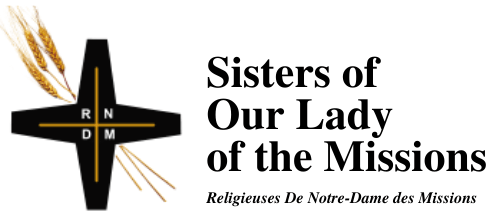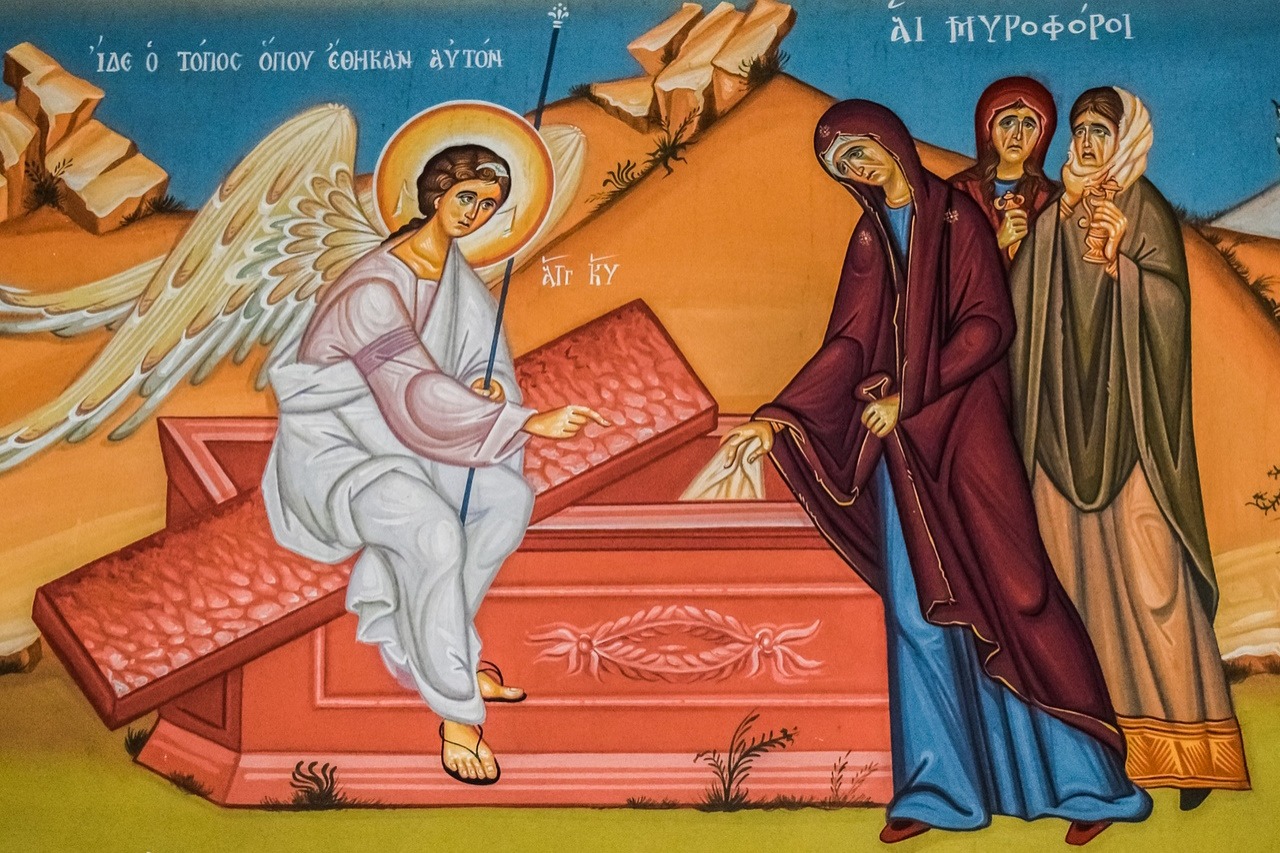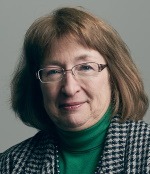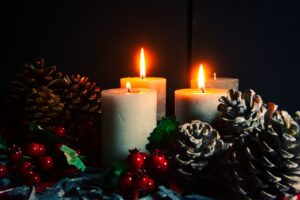Acts 10: 34a, 37-43 (RM) or 34-43 (RCL); Psalm 118; Colossians 3:1-4; John 20: 1-9 (RM in the U.S.), John 20: 1-18 (RM in Canada), or Matthew 28: 1-10 or John 20: 1-18 (RCL)
There are no resurrection accounts in the Bible. Have you noticed that?
No witnesses attest to having seen what happened when Christ rose from the dead. The nearest we can come is a passage in the non-canonical Gospel of Peter where the guards witness his emergence from the tomb.
Even the canonical Gospels don’t jibe. The short ending of Mark has the women running away, afraid to say anything. So, how do we know, if they didn’t talk?
But we do have a life-changing, world-changing, nay, cosmos-changing encounter in John 20 between the risen Christ and Mary of Magdala.
Now, depending on your denominational affiliation, you may be wondering why you might not have heard this compelling story in the Easter Sunday Gospel.
If you are a Canadian Roman Catholic, you probably did. The Easter Gospel will usually be the longer version of John 20 up to verse 18.
If you affiliate with the Anglican Church of Canada, you probably heard it read at the Easter Eucharist.
If you belong to a Protestant denomination that uses the Revised Common Lectionary, you either heard the whole story from John, or Matthew’s resurrection account.
But if you are a Roman Catholic in the USA, you’re out of luck. All you’ll hear proclaimed on Easter Sunday is the beginning episode of John 20. Mary of Magdala’s call and commission is only read as the Gospel for Mass on the Tuesday, yes Tuesday, of Easter week. Like, they couldn’t bury it much deeper and still keep it in the octave of Easter. How many will hear this compelling encounter? How many will hear themselves called and sent by the risen Christ?
Mary had gone out to the tomb while it was still dark, on the first day of the week. This was a dangerous time for a woman to be out, especially walking alone. She would not be anointing the body – it was too late for that. She must have been going to mourn. Have you ever spoken to a loved one, standing at their grave?
And then just imagine her paralyzing shock to discover the tomb open and the carefully-wrapped body gone. How could she even begin to make sense of this? How can we? It’s as if the laws of life and death, the laws of physics, have been shattered. We’ve fallen into an entangled universe of space and time, what contemporary physicists call “spooky quantum entanglements” where cause and effect do not follow from each other, and the illusion of three-dimensional reality can be measured by light from across the universe.*
We’ve fallen into life. Life that didn’t die. His. Or ours.
The lived theology of the resurrection is embedded in both light and time. Both mark the start of the story: “Early on the first day of the week, while it was still dark…” Mary, then Peter and the other disciple, pivoted sharply from not-knowing, to seeing the empty tomb for themselves, to the unthinkable – that Jesus had not merely disappeared, but was alive. They moved from darkness, to the dawn of stunned surprise, to the full light of belief in an event that defies credulity. Mary for her part shifted from confused speculation about what had happened, to a real-time dialogue with her beloved Teacher and friend, who told her not to cling to him, and commissioned her to announce fearlessly what she had seen and heard.
And it happened “on the first day of the week,” the dawn of a new week, and of a new era. From then on, for two thousand years, those who claim, and are claimed, by Christ would gather to listen and break bread “on the first day of the week,” in memory of the one who shattered the reality we thought we knew.
© Susan K. Roll
Susan Roll retired from the Faculty of Theology at Saint Paul University, Ottawa, in 2018, where she served as Director of the Sophia Research Centre. Her research and publications are centred in the fields of liturgy, sacraments, and feminist theology. She holds a Ph.D. from the Catholic University of Leuven (Louvain), Belgium, and has been involved with international academic societies in liturgy and theology, as well as university chaplaincy, Indigenous ministry and church reform projects.





The line that stays with me is: “the one who shattered the reality we thought we knew.” I carry that threat and that potential into the days ahead.
“Mary for her part shifted from confused speculation about what had happened, to a real-time dialogue with her beloved Teacher and friend”. This statement reminded me how this opportunity for a “real-time dialogue” with the Eternal One is there for me too, anytime, anywhere.